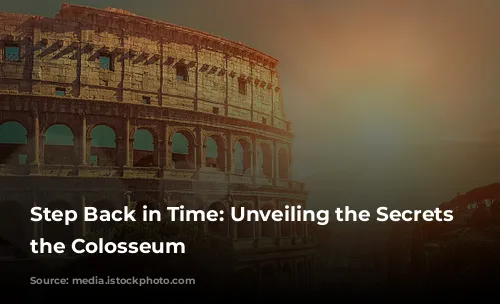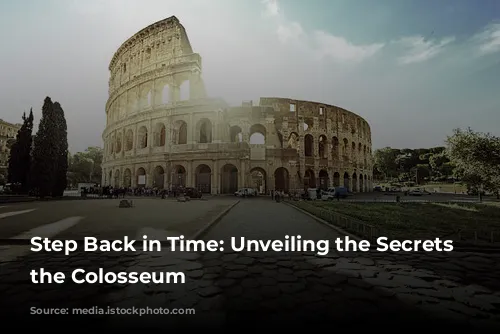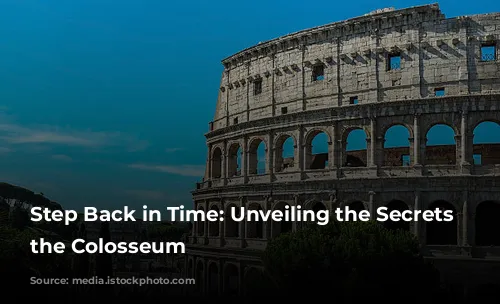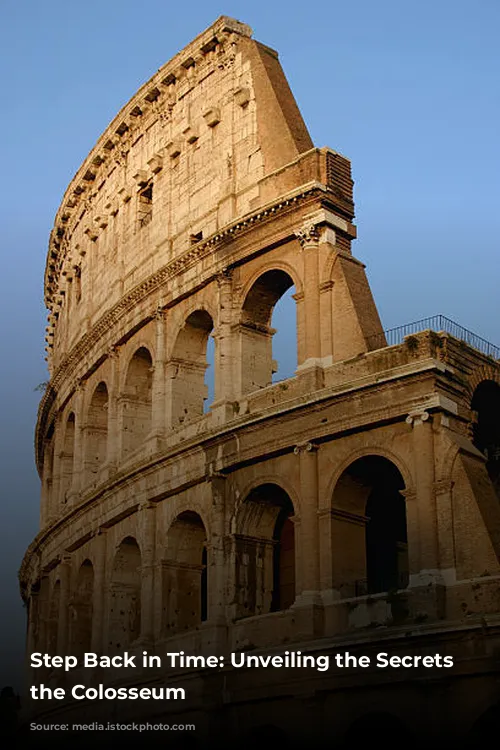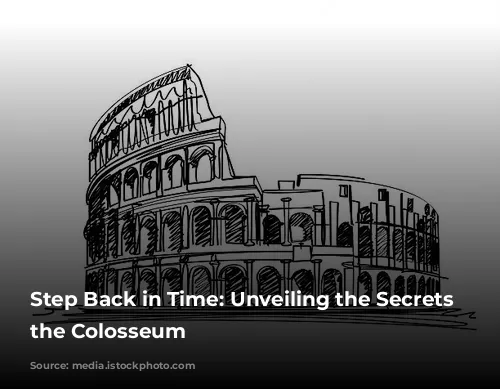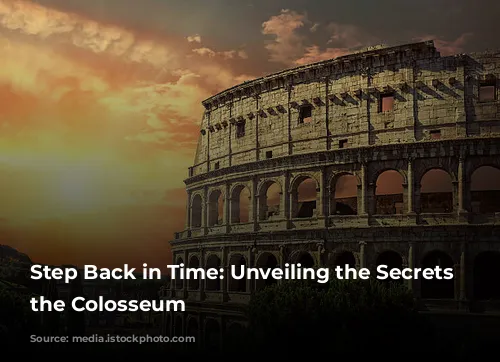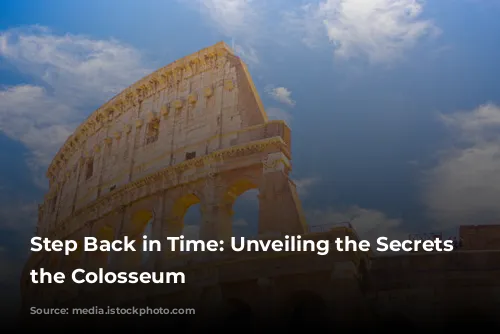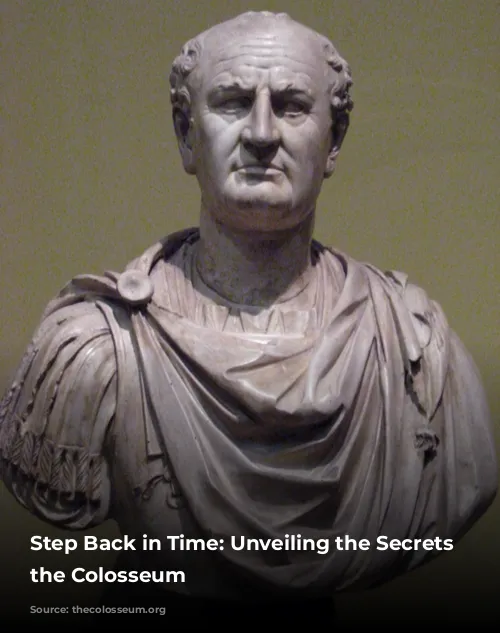Step into a world of ancient grandeur and witness the history of the Colosseum unfold! This iconic landmark, a symbol of the Roman Empire’s might, holds centuries of stories waiting to be discovered. Prepare to be amazed by its scale, its purpose, and the echoes of its past.
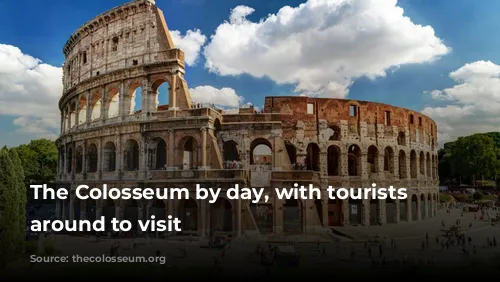
The Colosseum’s Birth
How did this architectural marvel come to be? Construction began in 72 AD under the rule of Emperor Vespasian, a testament to the ambition of the Flavian dynasty. While Vespasian tragically died before its completion, his sons, Titus and Domitian, continued the ambitious project. Jewish slaves, brought from the recently conquered region, played a critical role in building the Colosseum, overseen by skilled Roman engineers and artisans.
The Colosseum was erected as a symbol of unity and entertainment, a grand amphitheater designed to showcase the spectacles that captivated Roman citizens. The location itself held symbolic significance, chosen on top of the ruins of Nero’s Domus Aurea, a palace that had sparked resentment among the people. By replacing the controversial palace with a monument for all, Vespasian sought to re-establish a connection with the Roman populace.
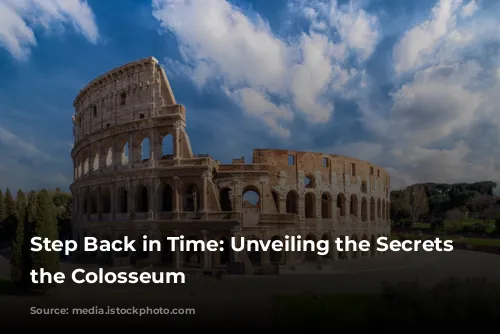
Colossal Dimensions
How big is the Colosseum? The sheer size of the structure is breathtaking! It spans an impressive 189 meters long and 156 meters wide, reaching a height of 48.5 meters. This magnificent oval shape, covering a remarkable 6 acres, provided ample space for thrilling events and accommodated tens of thousands of spectators.
The Colosseum’s exterior is adorned with three levels of columns, each representing a distinct architectural style: Doric, Ionic, and Corinthian. These columns are further emphasized by 80 arches, a testament to the Romans’ mastery of engineering and architecture.
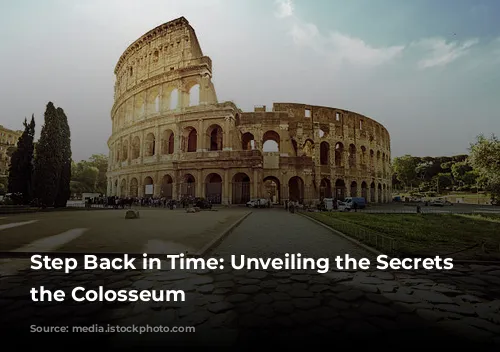
Beneath the Arena’s Surface
What secrets lie beneath the Colosseum’s surface? The Hypogeum, a vast network of tunnels and chambers hidden beneath the arena, reveals the Colosseum’s intricate mechanics. Gladiators, animals, and prisoners awaited their fate within this subterranean realm. Vertical shafts connected the Hypogeum to the arena, allowing for the quick and dramatic entrance of performers and animals. Ingenious trap doors concealed within the arena floor enabled elaborate scenery to be swiftly deployed, adding to the spectacle’s theatricality.
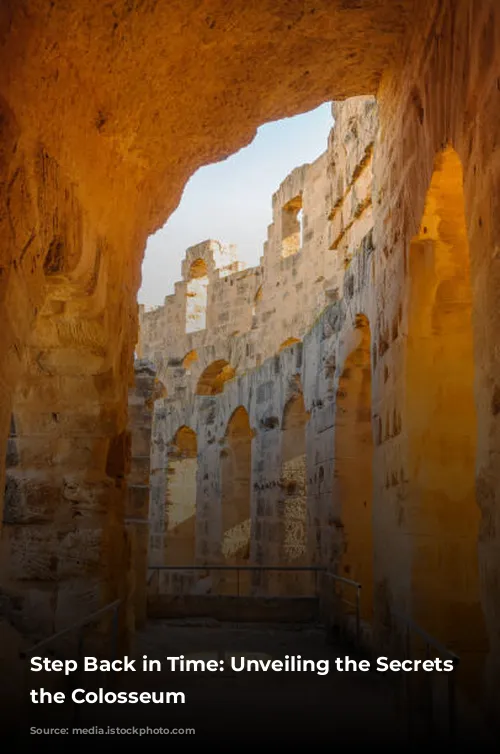
A Stage for Blood and Spectacle
What events unfolded within the Colosseum’s walls? The Colosseum was a hub of entertainment, a stage for a diverse array of spectacles that enthralled and shocked the Roman masses. Gladiator battles were the most famous and popular, with fighters engaging in fierce combat, their lives hanging in the balance.
The Colosseum also witnessed hunts, where humans faced off against wild beasts like lions, tigers, bears, and elephants, testing their courage and skill. Executions, often by wild animals, added a grim note to the entertainment, a stark reminder of Roman justice.
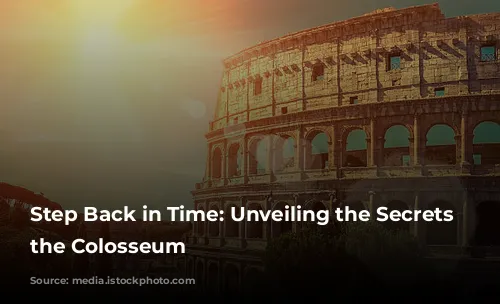
Debunking the Myths
Were gladiator fights truly the bloodbaths we imagine? While the fights certainly carried danger, they were not the chaotic free-for-alls often portrayed. Gladiators were divided into classes, and referees and doctors monitored the fights. Successful gladiators became celebrities, enjoying long careers and earning public acclaim, despite the inherent risks.
Did Christians truly meet their fate within the Colosseum? While thousands died in the arena, there is no conclusive evidence that Christians were specifically martyred there. The stories may be embellished, but they serve as a powerful reminder of the brutal realities of ancient Rome.

The Colosseum’s Legacy
What happened to the Colosseum after the gladiator fights ended? The once-mighty arena fell into disuse, serving various purposes throughout the centuries. It became a cemetery, a place of worship, a source of materials for other structures, and even a fortified castle.
Today, the Colosseum stands as a powerful reminder of the Roman Empire’s enduring legacy. Millions of tourists flock to its gates each year, drawn to its historical significance and the captivating tales it holds.
The Colosseum’s story is one of grandeur, spectacle, and enduring human drama. It is a testament to the ingenuity and power of the Roman Empire, a glimpse into a bygone era that continues to fascinate and intrigue us to this day.
